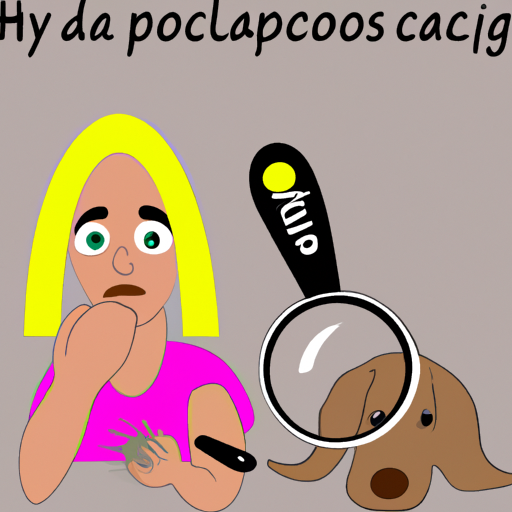Understanding Alopecia
Alopecia, or hair loss, is a common issue among dogs that can leave you, the caregiver, worried and anxious about your furry friend’s wellbeing. It’s important to know that hair loss in dogs isn’t just a cosmetic issue. It can signify a range of underlying health problems, from allergies to hormonal imbalances.
- Skin allergies or infections: Dogs can experience hair loss due to dermatitis, fungal infections, or parasites like mites and ticks.
- Hormonal imbalances: Conditions like hypothyroidism or Cushing’s disease can disrupt your dog’s hair growth.
- Autoimmune diseases: Some autoimmune disorders can cause hair loss in patches.
- Genetic predispositions: Certain breeds are more prone to alopecia, owing to their genetic makeup.
Recognizing the Symptoms
If your dog is suffering from alopecia, you’ll likely notice one or several of the following signs:
- Hair loss in patches, leading to bald spots
- Thin, brittle, or dull coat
- Redness, inflammation, or scaly skin
- Your dog scratching or licking excessively
Diagnosing the Cause
If you notice any signs of hair loss in your dog, it’s important to consult with a vet. They will likely perform a series of tests to determine the underlying cause. This may include:
- A physical examination
- Blood tests
- Skin scrapings
- Biopsies
These tests help in identifying the root cause of alopecia, enabling an appropriate treatment plan.
Treatment Options
The treatment for your dog’s alopecia will depend on the underlying cause. Here are some common treatments:
| Cause | Treatment |
|---|---|
| Allergies | Antihistamines, steroids |
| Infections | Antibiotics, antifungal medications |
| Hormonal imbalances | Medications to restore balance |
| Genetic predispositions | No cure, but treatments can manage symptoms |
Preventing Alopecia
While not all causes of alopecia can be prevented, there are steps you can take to reduce your dog’s risk:
- Keep your dog’s living area clean and parasite-free.
- Regularly groom your dog to maintain a healthy coat.
- Feed your dog a balanced diet to support overall health.
- Regular vet check-ups to catch any early signs of health issues.
Frequently Asked Questions
Q: Can I treat my dog’s alopecia at home?
A: It’s always best to consult with a vet before starting any treatment at home.
Q: Is alopecia contagious to other pets or humans?
A: Alopecia itself is not contagious, but the underlying cause, like a fungal infection, might be.
Q: Will my dog’s hair grow back?
A: Depending on the cause of the alopecia, your dog’s hair may or may not grow back after treatment.
Q: How long does it take for the hair to grow back?
A: The time it takes for hair to regrow can vary widely and depends on the underlying cause and treatment.
Understanding alopecia can help you better care for your canine companion. While hair loss can be concerning, remember – you’re not alone. With the right knowledge and support, you can help your dog lead a happy, healthy life.



